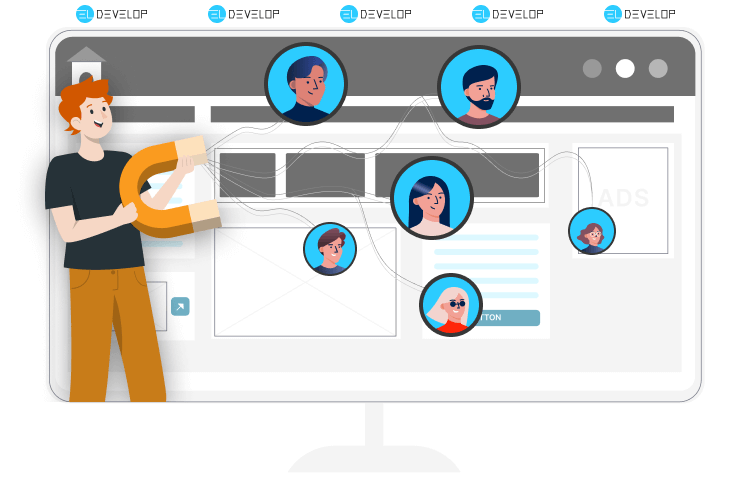
How to Design UI/UX Websites That Engage Users
In today’s competitive digital landscape, a well-designed website is more than just a pretty interface—it’s a crucial element for attracting and retaining users. UI/UX design for websites focuses on creating intuitive, efficient, and enjoyable experiences. A site that looks great but is difficult to navigate will lose users quickly. Likewise, even a functionally flawless site with a poor aesthetic can fail to capture user interest. Achieving the right balance through thoughtful website UI/UX design is key to building a lasting connection with your audience.
Understand Your Users First
Effective UI/UX design websiteprojects start with user research. Understanding your target audience’s needs, preferences, and behaviors is essential. Conduct user interviews, analyze user flows, and gather data through analytics tools. This foundational step ensures that the design aligns with real-world user expectations, which is the heart of any successful UI/UX design for website projects.
Focus on Clear Navigation
One of the core components of UI/UX design websites that engage users is easy navigation. Users should be able to find what they need quickly and without confusion. Use a consistent layout, clearly labeled menus, and intuitive icons. Breadcrumbs and search functionality can also enhance usability. Remember, if users struggle to navigate your site, they’re unlikely to return.
Prioritize Visual Hierarchy
Enhancing Your Site with UI/UX Design for Website
Visual hierarchy guides the user's eye across the page, helping them understand what actions to take. Effective UI/UX design website practices use size, color, contrast, and placement to emphasize important elements. For instance, call-to-action buttons should be bold and prominent. By organizing content visually, you make your site easier to scan and more engaging to use.
Optimize for Mobile and Speed
With the majority of web traffic coming from mobile devices, website UI/UX design must prioritize responsive design. Your site should look and perform well on all screen sizes. Additionally, loading speed significantly impacts user engagement. Optimize images, minimize scripts, and use caching to ensure fast performance. A sluggish website—even if visually stunning—will deter users.
Use Consistent and Intuitive Design Patterns
Consistency builds trust. Reusing familiar UI elements like buttons, icons, and forms across the website ensures users don’t need to relearn interactions. Standard UI/UX design for website patterns reduce the cognitive load and make your site feel more professional. Stick to a cohesive visual style, and ensure all interactive elements behave predictably.

Top UI/UX Design Inspiration Websites to Follow
Incorporate Feedback and Microinteractions
Microinteractions, such as hover effects, loading animations, and subtle sounds, provide valuable feedback to the user. These details enrich the UI/UX design website experience, making interactions feel responsive and satisfying. Well-designed microinteractions communicate system status and help guide users through processes like form submissions or purchases.
Test, Iterate, Improve
Great website UI/UX design is never static. Conduct usability testing to observe how real users interact with your site. Gather feedback, identify pain points, and make iterative improvements. Tools like A/B testing can also help determine which design choices yield better engagement. Regular updates based on user data ensure that your design continues to meet user needs.
Ultimately, designing UI/UX websites that engage users requires empathy, creativity, and continuous improvement. By focusing on your users' real needs, applying proven design principles, and staying adaptable, your UI/UX design for website efforts will lead to more loyal users, higher conversions, and a stronger online presence. A well-crafted UI/UX design website doesn’t just look good—it feels right, performs smoothly, and keeps users coming back.


